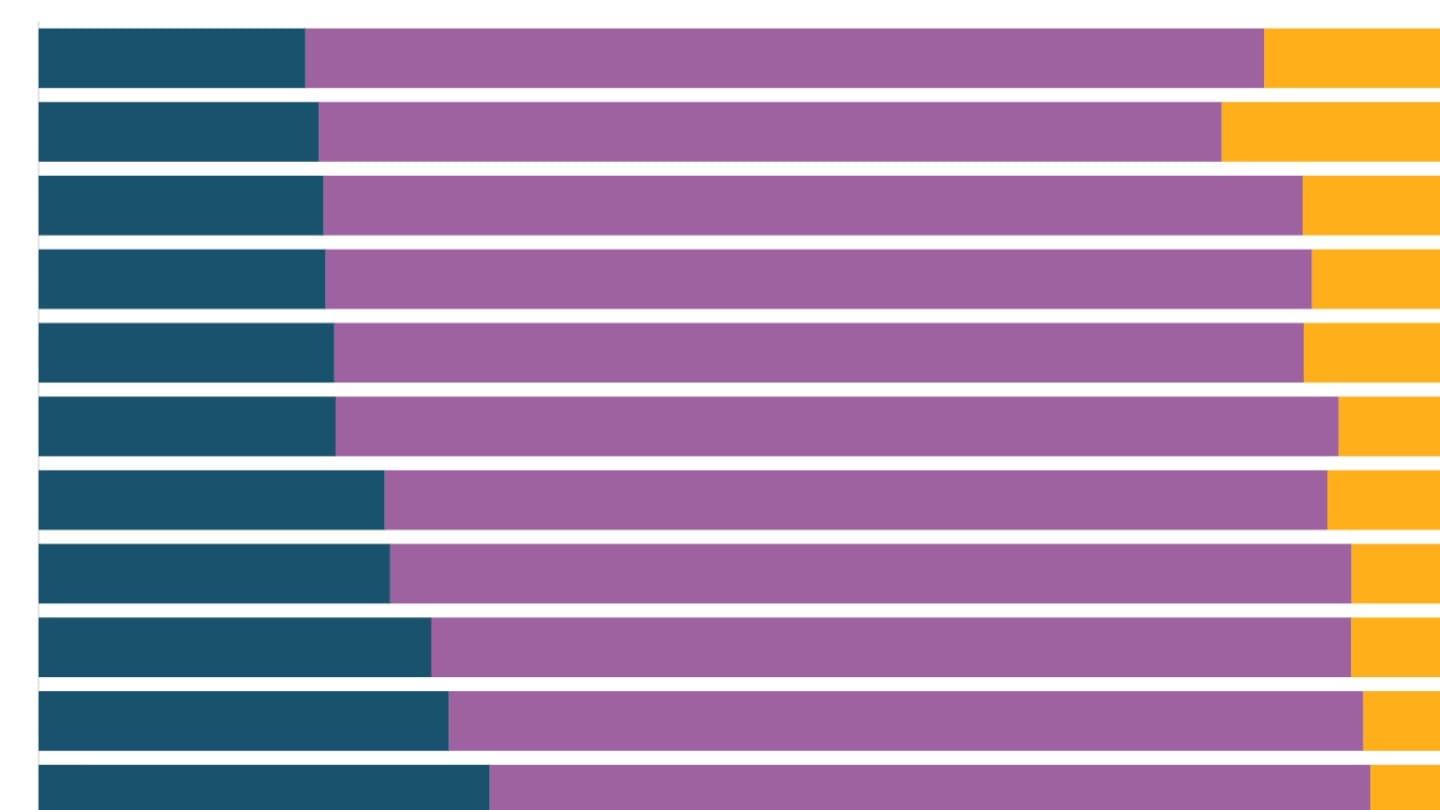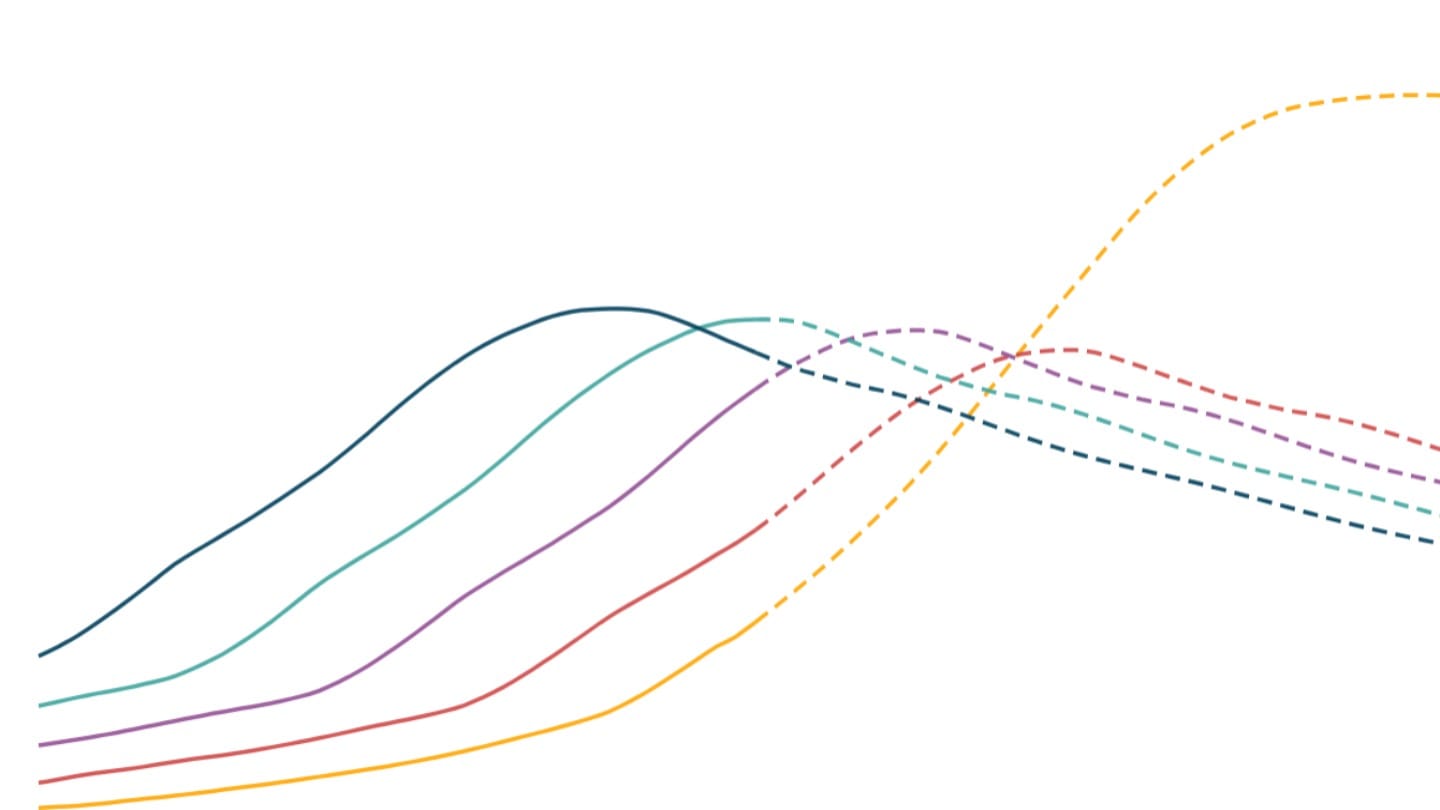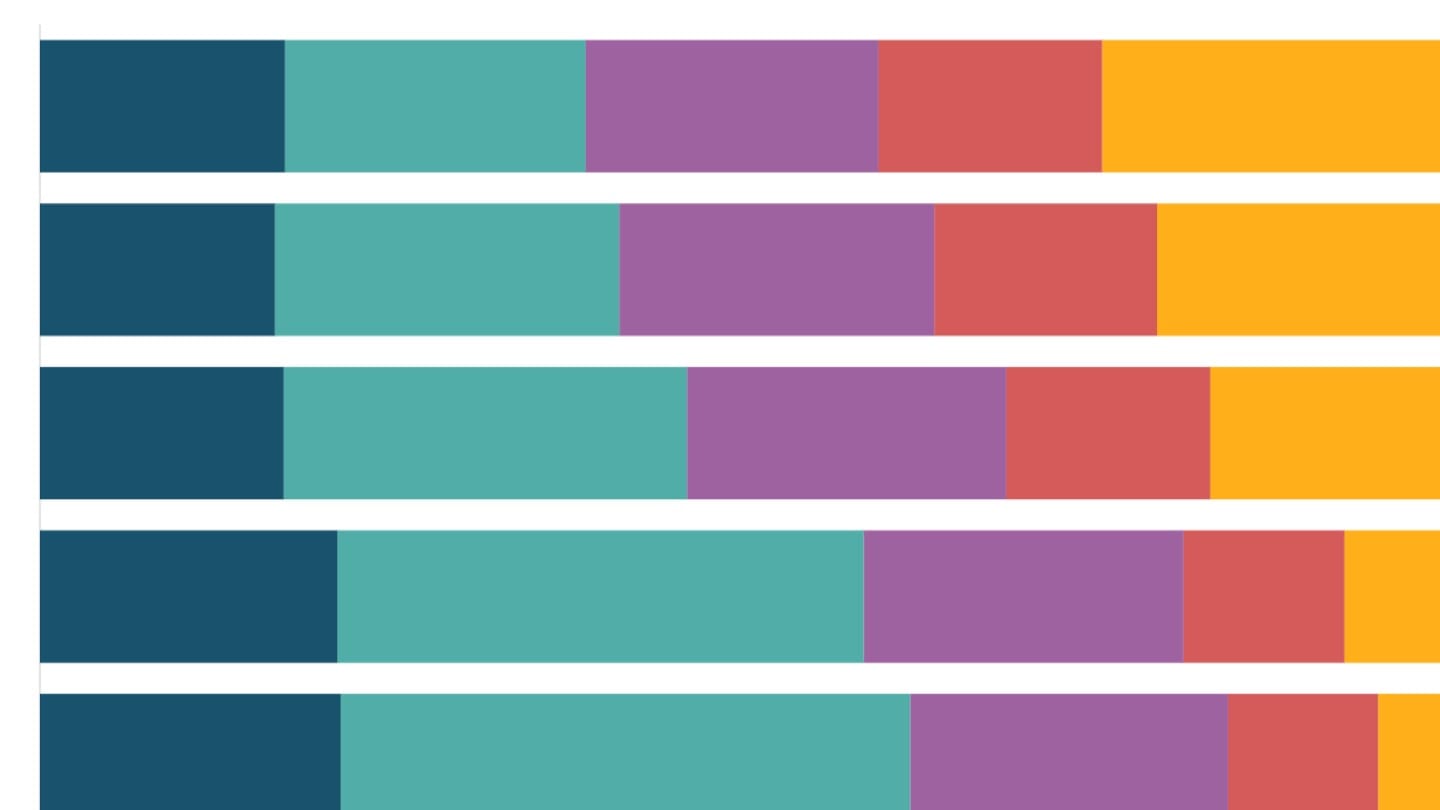Age distribution in Indian states
Whether in the north or the south, Indian states are all seeing their populations begin to age. However over a decade separates India's youngest and oldest states, and the southern states are already seeing a shrinking working-age population.
India is a relatively young country. Half of India's population is under the age of 30, making it a far younger country than its European, North American and East Asian counterparts. The median American or Chinese person, for instance, is over a decade older than the median Indian.
However, the country is ageing. From the early 1970s, the share of children (aged 0-14) in the population began to decline, and from the 1980s, the share of young adults (14-29 year-olds) in the population began to fall.
Median age in Indian states
Within India, there are wide variations between states in the ages of their populations[1].
As of 2021, Kerala was India's oldest state, and Bihar the youngest. But by 2031, Tamil Nadu is projected to be India's oldest state with a median age of nearly 40 years. The median person in Tamil Nadu or Kerala is over a decade older than the median person in Bihar or Uttar Pradesh.
Age-groups in Indian states
States in India's centre-north have historically been poorer with lower levels of education, as a result of which fertility is higher in these states. Relatively high birth rates - meaning that a larger number of children are born every year - makes these states, on average, relatively younger. India's richer southern and western states, meanwhile, have lower fertility rates and are, as a result, ageing rapidly.
Kerala, for instance, has twice the share of elderly people (age 60+) in its population that Bihar or Uttar Pradesh have.
Working-age populations
Across the country, the number of children born every year has begun to fall in absolute terms - fewer children are born every year than the previous year. However, since this process began relatively later in the north-central and central-eastern states, their working-age populations (aged 15-59) are still growing. In the decade ahead, the southern states will see their working-age populations begin to shrink, even as the north-central states will see their working-age populations grow.
Dependency ratios
One key indicator tracked by demographers and economists is the dependency ratio - the ratio of dependents (those who cannot work as they are either children or the elderly) to the working-age population. In states or countries with a higher dependency ratio, there is a greater financial burden on the working-age population and the state to provide welfare.
With India's child population shrinking, the country's dependency ratio has been declining. By 2026, India's dependency ratio is projected to be 543, meaning that there will be 543 children (aged 0-14) and elderly people (aged 60+) for every 1,000 working-age people (aged 15-59). As India continues to age, the dependency ratio is set to start rising again, this time driven by its growing elderly population.
Since the northern and eastern states are seeing a gradual ageing with birth rates now declining, their dependency ratios are poised to fall, as the working-age population grows and is more able to support dependents. However, the southern and western states will see their dependency ratios rise steadily as their populations age, and their workforces shrink.
[1] In the absence of a Census since 2011, data beyond 2011 comes from projections made by the Registrar General of India, based on the 2011 Census. Population projections have their shortcomings, which we have written about here.




